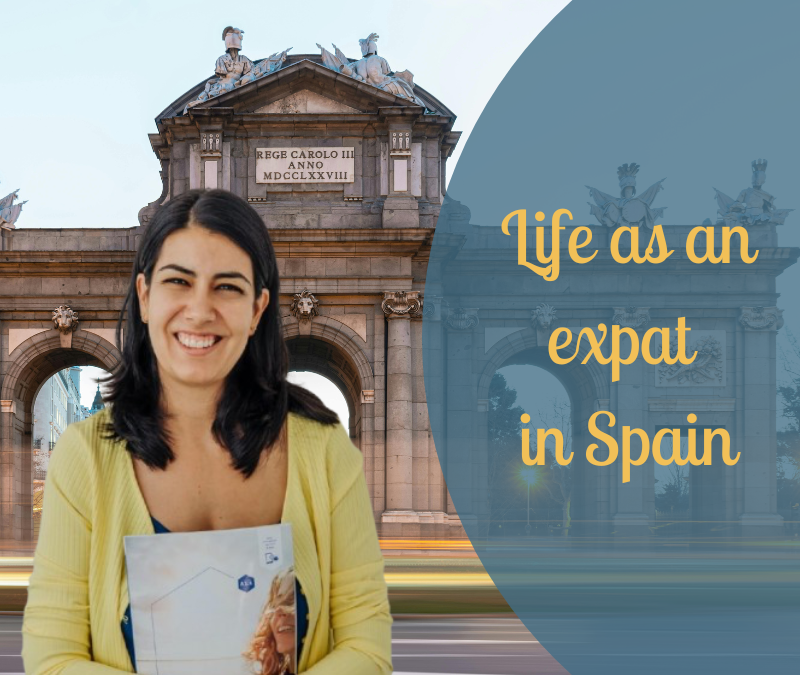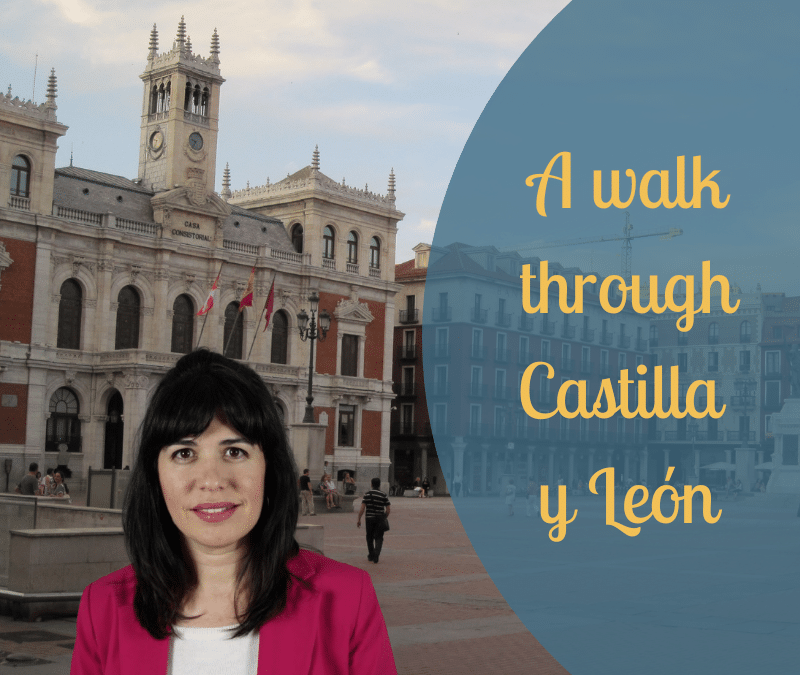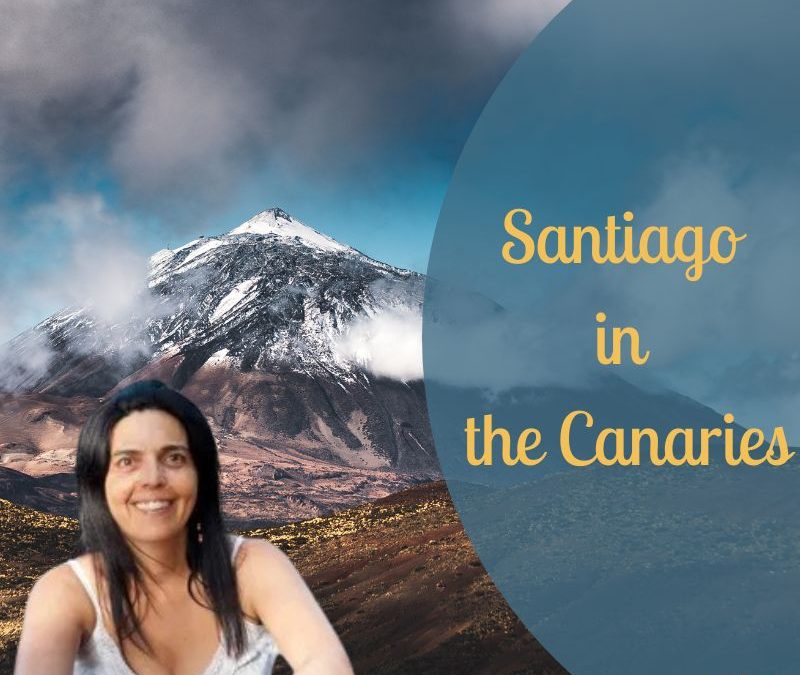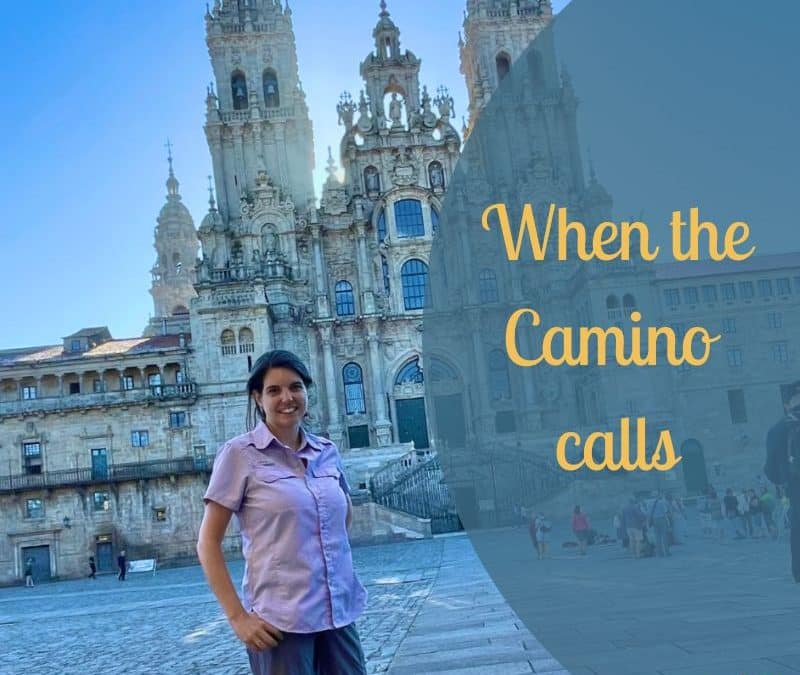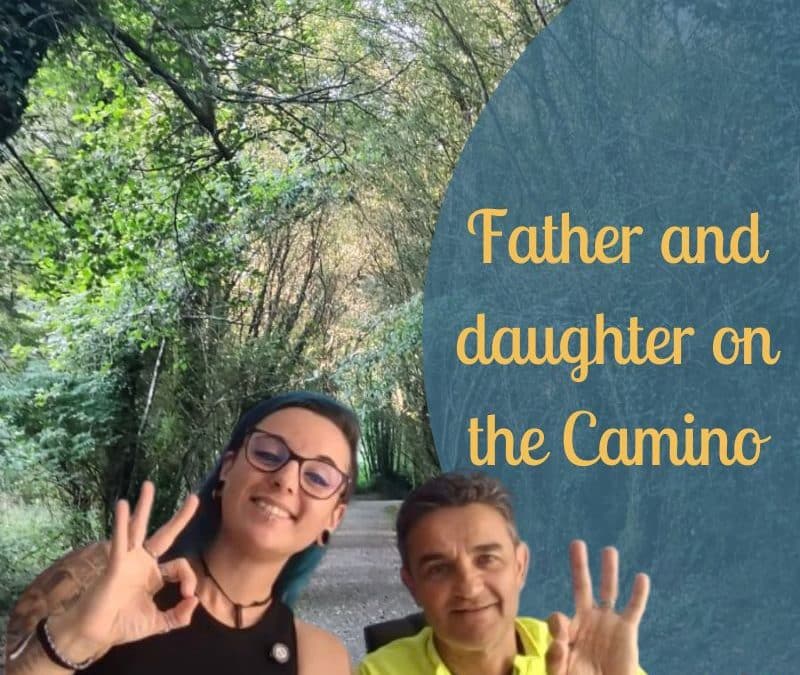
Father and daughter on the Camino
In this week’s episode of the Spanish for the Camino Podcast, I welcome, for the first time two guests: Sandra, a Spanish teacher who specialises in colloquial language, and her father, Toni, a devoted pilgrim who has walked multiple Camino routes. Together, they share stories, challenges, and personal reflections from years of walking either together or on their own.
I’ve known Sandra for a while and I knew she had walked the Camino before, so I invited her to the podcast.
But then she asked: “how would you like to talk to a Camino friki (freak, geek)?”
Yes, please! The friki turned out to be her dad, Toni, who confirmed his huge passion for the Camino. In fact, he says that if he could, he would walk all year long. When he isn’t actively on a route, he is planning one: checking maps, calling albergues, organising stages, and researching local conditions. His current project is the Camino de Levante, a long and less-travelled route with sparse infrastructure and long stretches between towns. He started in Valencia during Semana Santa, had to pause, and was actually resuming the day after our chat: he was planning to walk another 300 km up to Ávila (he did make it to Ávila).
Toni and Sandra walked their first Camino together around 2017. The route, the Camino Inglés. Sandra confessed she was nervous at the beginning because she hadn’t trained at all, but soon realised that the Camino Inglés is short, manageable, and incredibly rewarding.
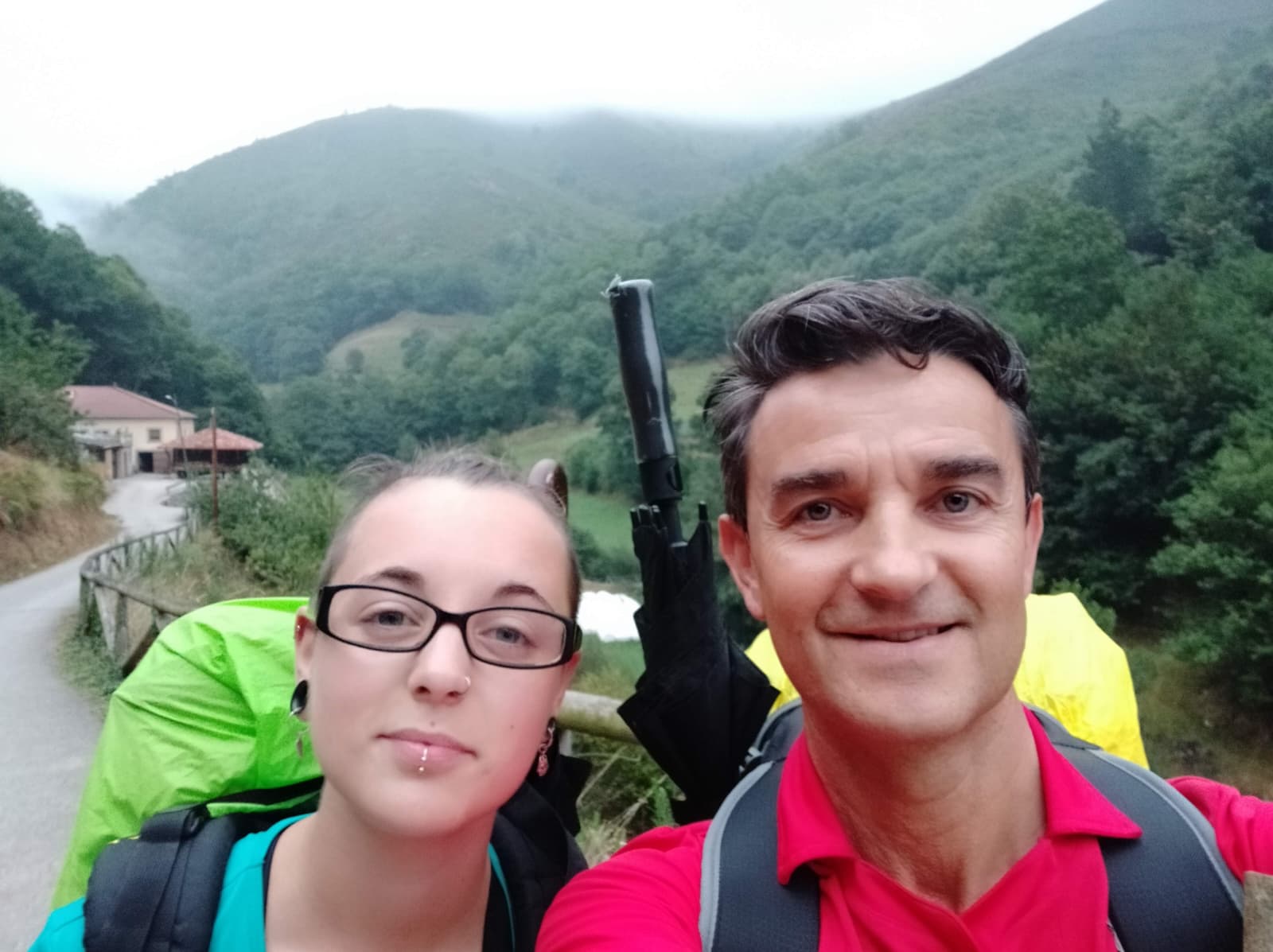
Their second route together was a completely different experience: the Camino Primitivo. Much tougher, much more mountainous, and full of physical challenges. Toni tells a very summarized story of Sandra’s blisters and rash, which made her final couple of days very hard. But she was determined and despite the difficulties setbacks, she made it to Santiago.
In an extra audio you’ll find with the transcript, Sandra shares the full story, which is far more dramatic than you might think after hearing Toni.
Toni describes himself as a “simple pilgrim”. For him, the Camino is about personal challenge, daily effort, and stepping out of everyday convenience and embracing the challenges as part of the adventeure. Toni emphasizes that preparation is key, whether it’s training your body, planning accommodations, or understanding the risks along the way.
From animals to navigating less-frequented paths, being informed and ready makes the Camino safer and more enjoyable. He shares the story of a mastiff who rushed at him during his last walk on the Camino de Levante, and how staying calm (and using his walking stick wisely) helped him avoid a serious incident.
Sandra highlights something essential for all Camino-bound Spanish learners: you will need Spanish. When you call albergues in small villages, English may not be an option. Many accommodations are municipal or parish-run, staffed by locals who speak only Spanish. Understanding and being understood makes everything, from booking a bed to asking about facilities. much easier.
Finally, both Sandra and Toni talk about the people of the Camino. Even without sharing a language, there is connection. Toni remembers meeting pilgrims he never actually spoke to, yet feeling a sense of companionship simply by seeing them day after day.
And Sandra describes the Camino as a “nomadic village”: a travelling community that forms and dissolves naturally. She shares a wonderful story of recognising a fellow pilgrim years later at a concert. Neither of them realised at first, but after two hours of talking, everything clicked: they had met on the Camino. The bond was still there.
Find out more about Sandra’s work on her website. You’ll also find her on social media as @espanoldpm
Want more?
Make sure you don’t miss any posts or announcements by subscribing for free here. You’ll receive the transcripts + vocabulary guides + interactive exercises of episodes 1-5 of the Spanish for the Camino podcast. And… you’ll get access to exclusive content too.

